
8 minute read
REIMAGINING A CLASSIC
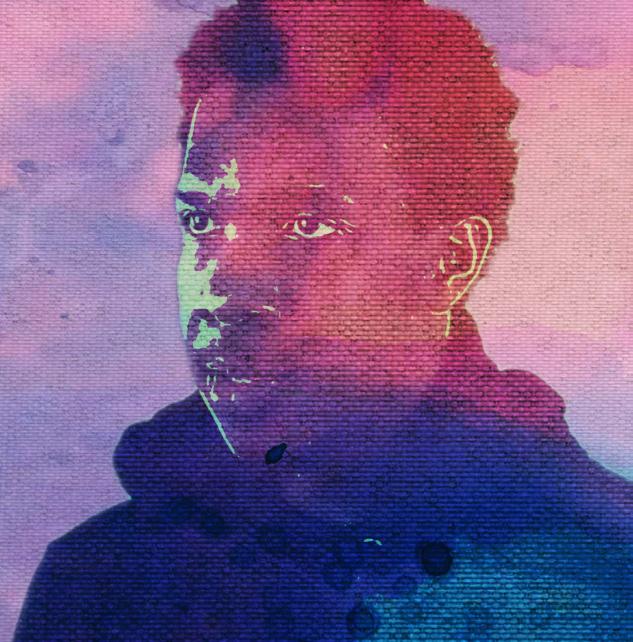
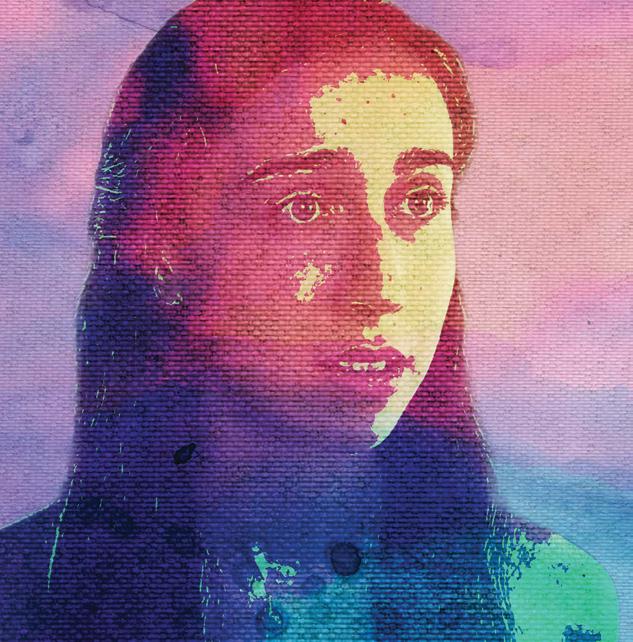
Advertisement
ROMEO & JULIET: LOUISVILLE 2020 COMBINES PERFORMANCE WITH TECHNOLOGY
Actors Theatre of Louisville is an arts and culture organization as well as a social enterprise. Sharing experiences centered in a commitment to create a more just society, we dive into digital production to become an interdisciplinary laboratory for a storytelling (r)evolution. Unfolding in a vibrant alternate universe that reimagines the classic story alongside our troubled moment, Romeo & Juliet: Louisville 2020 is a resonant retelling that illuminates how history reverberates in the present. Featuring a cast working together virtually from around the country, the production combines wonderful performances with new media technologies, ranging from documentary footage to video art and animation. As rehearsals and filming got underway, Executive Artistic Director Robert Barry Fleming, the director of this adventurous undertaking, spoke with Dramaturg Amy Wegener about the ideas fueling his production — which envisions the Montagues and the Capulets as prominent families, one Black and the other White, caught in deeply rooted animosity.
Amy Wegener: Could you share your thoughts about the relationship between Romeo & Juliet and Louisville 2020? How do you see Shakespeare’s story in conversation with this time and place?
Robert Barry Fleming: By imagining a heightened contemporary world for the play, I’m bringing this tale from the 16th century into, perhaps, a more immediate conversation, and that’s very purposeful — not in an effort to valorize Eurocentrism, but to say, “How is our experience shaped by the history informing this moment?” In some ways it’s still 1870, after reconstruction, where Jim Crow and Black Codes allowed wanton lynching of Black folks without protection. That’s the kind of thing we’ve seen with George Floyd and Breonna Taylor: that Black people can still be terrorized and killed without recourse. That the laws on the books are insufficient to provide justice, due to a longstanding legacy of injustice and the attendant relentless interpersonal enmity that seems so difficult to source.
So when you think about this ancient grudge, that no one really remembers how it started since it’s become so normalized, the awakening because of a tragedy evidences a connection between the Shakespearean narrative and the contemporary story. The intersection of race (a social construct, not a biological reality), when seen through an economic, policy, and legal lens — to me, that’s all in Romeo & Juliet. This has been going on for a really long time, these resentments against other peoples, as well as the ways in which the pursuit of happiness, love, and self-actualization are complicated by systems of oppression.
Also, the intersection of these states of affairs with pandemics throughout history, where again and again you see a tragic disconnect between public health, politics, profit, and who has been prioritized in terms of safety. There are so many layers in Shakespeare’s play. And just as he mined many sources to tell a story that’s been around for a long time, we keep meditating
Juliet, played by Avery Deutsch and Romeo, played by Justin Jackson.
− Robert Barry Fleming

on this cautionary tale because it identifies vulnerabilities in our cultural landscape that don’t seem to get a lot of humanist traction through the annals of time.
AW: Part of what makes the loss in this story so palpable is experiencing all of the love, humor, and liveliness animating this world. How do you think about that mix?
RBF: As big as the conflict is, so is the love. Love and hate are the two sides of a coin, intricately bound together in this narrative. You don’t take time to fight with somebody unless you have a very strong investment in them.
When the cast first read through the play, I was struck by how funny and playful so much of it is, how delightful it was to spend time with these characters. There are big stakes, but there’s also a real window into the human comedy, and boldly drawn, archetypal characters; our cast has wildly unique takes on who they are. And the plethora of talents that this company brings makes for a very diverse world, in every sense of that word. It’s made up of several generations, Black and White, both conservatory trained actors and spoken word performers — there’s an incredibly vibrant palette to work from, as all these artists come together to tell the story. It feels like the story world possesses the complex, ambiguous, and dynamic relationships we see in our world.

ROMEO & JULIET: LOUISVILLE 2020
by William Shakespeare directed by Robert Barry Fleming dramaturg Amy Wegener part of the Bingham Signature Shakespeare Series
THE CAST
(in order of appearance)
Reverend Laurence Mercutio Benvolio Tybalt Capulet Lady Capulet Montague Lady Montague The Prince Romeo Nurse Juliet Devin E. Haqq Lance G. Newman II Isiah Fish Alexander Stuart Chris Henry Coffey Jennifer Mudge Ken Robinson Christina Acosta Robinson Eric Sheffer Stevens Justin Jackson Jessica Wortham Avery Deutsch
PRODUCTION / ARTISTIC TEAM
Artistic Producer / Casting Director / Costume Coordinator Line Producer / Casting Associate Director of Production / Props Coordinator Video Editor Sound Editor Emily Tarquin, CSA Sujotta Pace, CSA Paul Werner Philip Allgeier Paul Doyle
Avery Deutsch as Juliet Justin Jackson as Romeo
AW: You’ve used the term “new media” to describe your experimentation with technology to create this experience. How are you thinking about the visual world of the production, and how the storytelling references Louisville?
RBF: In addition to capturing the actors’ work in quarantine, we’re incorporating documentary footage I filmed during the protests and around Louisville. We’re also playing with visual abstraction that’s very much like video art, and using animation for the heightened nature of the events of 2020, which were unreal and continue to unfold. I’m following creative impulses as I go, taking what I have and letting that tell me what it becomes, and I’m excited to see how that continues to reveal and manifest itself.
A contemporary interpretation necessitates an alternate story universe. The action is happening in our time period, in this space — a world informed by a reckoning with systemic racism and a pandemic. But that world has its own rules, and Shakespeare is very clear about those, in terms of power structures and access. And yet there’s so much freedom; we have a super cool playground to explore.
Romeo & Juliet: Louisville 2020 will be released this spring. Purchase virtual tickets here.

Isabelle de Borchgrave
FASHIONING ART FROM PAPER
by Speed Art Museum

Isabelle de Borchgrave, b. 1946, Belgium English Sporting Dress and Hat, 1998 Based on a ca. 1872 dress in the collection of Victoria and Albert Museum, London

Isabelle de Borchgrave, b. 1946, Belgium Mantua, 2011 Based on a court mantua ca. 1750 in the collection of the Victoria and Albert Museum, London Isabelle de Borchgrave, b. 1946, Belgium Lorenzo il Magnifico, 2007 Inspired by the painting Journey of the Magi by Benozzo Gozzoli in the Medici Chapel in the Palazzo Medici Riccardi, Florence. He is represented her as page Gaspard, down from his horse Speed Art Museum unveils its highly anticipated exhibition featuring the artwork of Isabelle de Borchgrave, the Belgian artist whose life-like creations and elaborately-adorned period clothing are entirely handmade with paper. The exhibition, entitled “Isabelle de Borchgrave: Fashioning Art from Paper,” features nearly 100 lifesize, trompe l’oeil paper costumes and works that involve the manipulation of paper and paint to create fully formed sculptural costume pieces. The costumes span nearly 500 years of fashion, replicating historical garments found in European masterworks and in collections around the country.

The exhibit runs until August 22 and is organized in partnership with the Dixon Gallery and Gardens of Memphis and supported by W. L. Lyons Brown, Jr. Foundation (Cary Brown & Steven Epstein).
For more information, visit www.SpeedMuseum.org
February 19 – August 22, 2021


This show-stopping exhibition
features life-size, trompe l’œil
paper costumes spanning nearly
500 years of fashion, replicating
historical garments found in
European masterworks and in
collections from around the world.
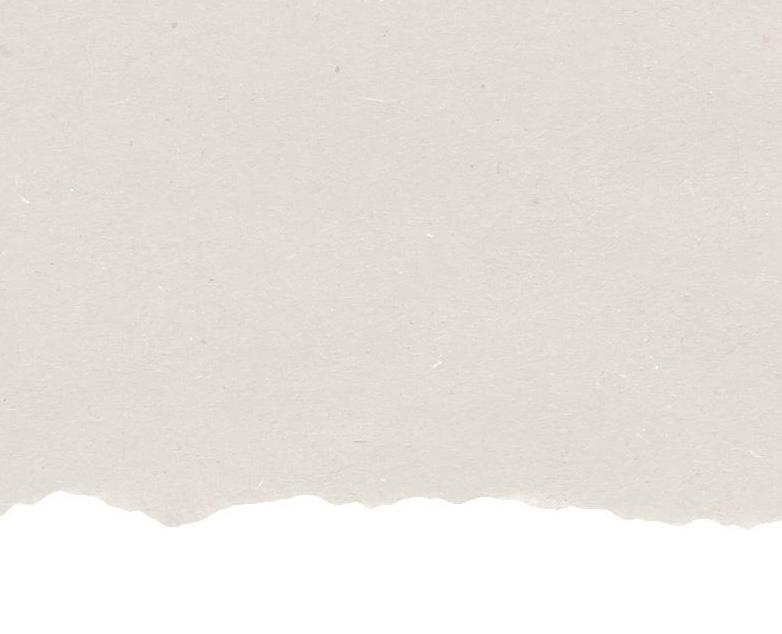
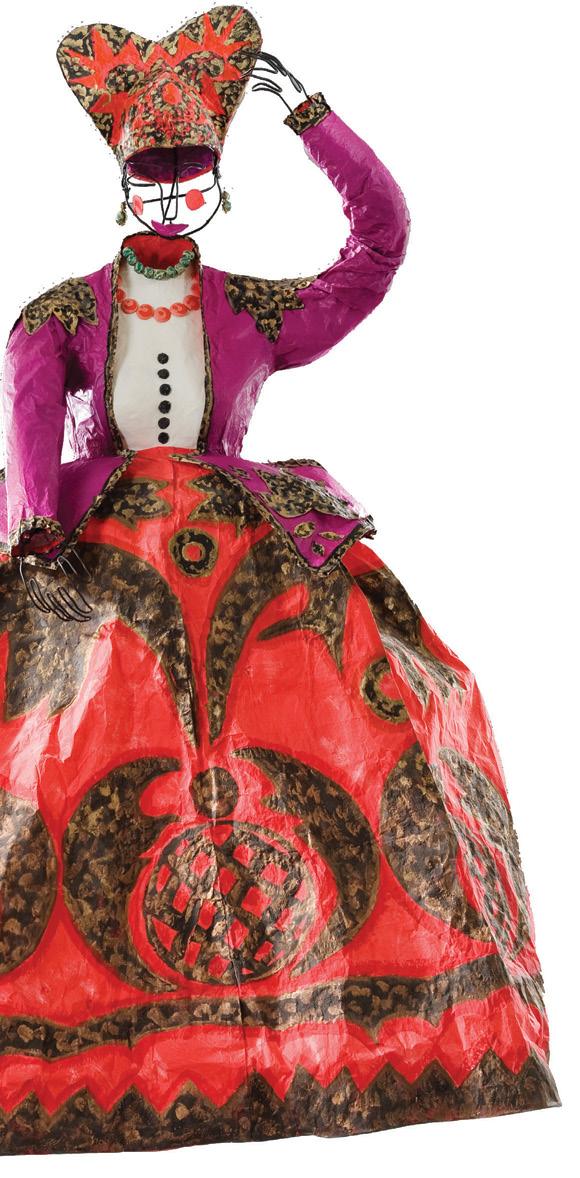
This exhibition is organized by Dixon Gallery and Gardens, Memphis, in cooperation with Isabelle de Borchgrave Studio.
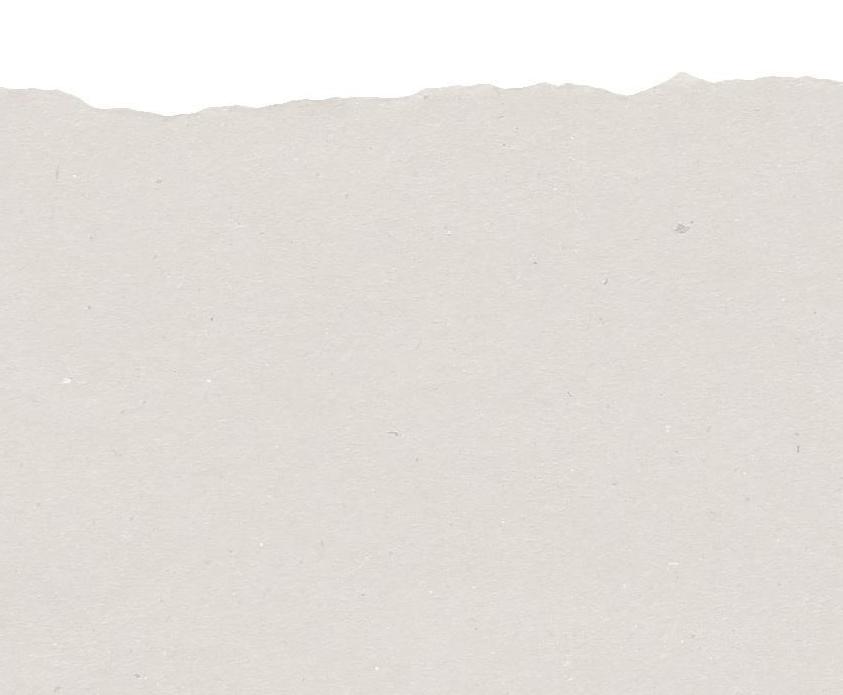
This exhibition is supported by:
W.L. Lyons Brown, Jr. Foundation (Cary Brown & Steven Epstein)
Media sponsorship from:
Images: Isabelle de Borchgrave (Belgian, b. 1946) Detail of Paysanne, 2009 Based on a costume design by Mikhail Larionov for the Ballet Russes

Isabelle de Borchgrave (Belgian, b. 1946) Detail of Pallas, 2007 Inspired by a figure in Sandro Botticelli’s painting Pallas and the Centaur, dated 1482, in the collection of the Galleria degli Uffizi, Florence
Exhibition season sponsored by:
Cary Brown and Steven E. Epstein Paul and Deborah Chellgren Debra and Ronald Murphy Members see it all for free! Learn more at
speedmuseum.org
Advanced ticket purchase strongly encouraged and face masks required.





